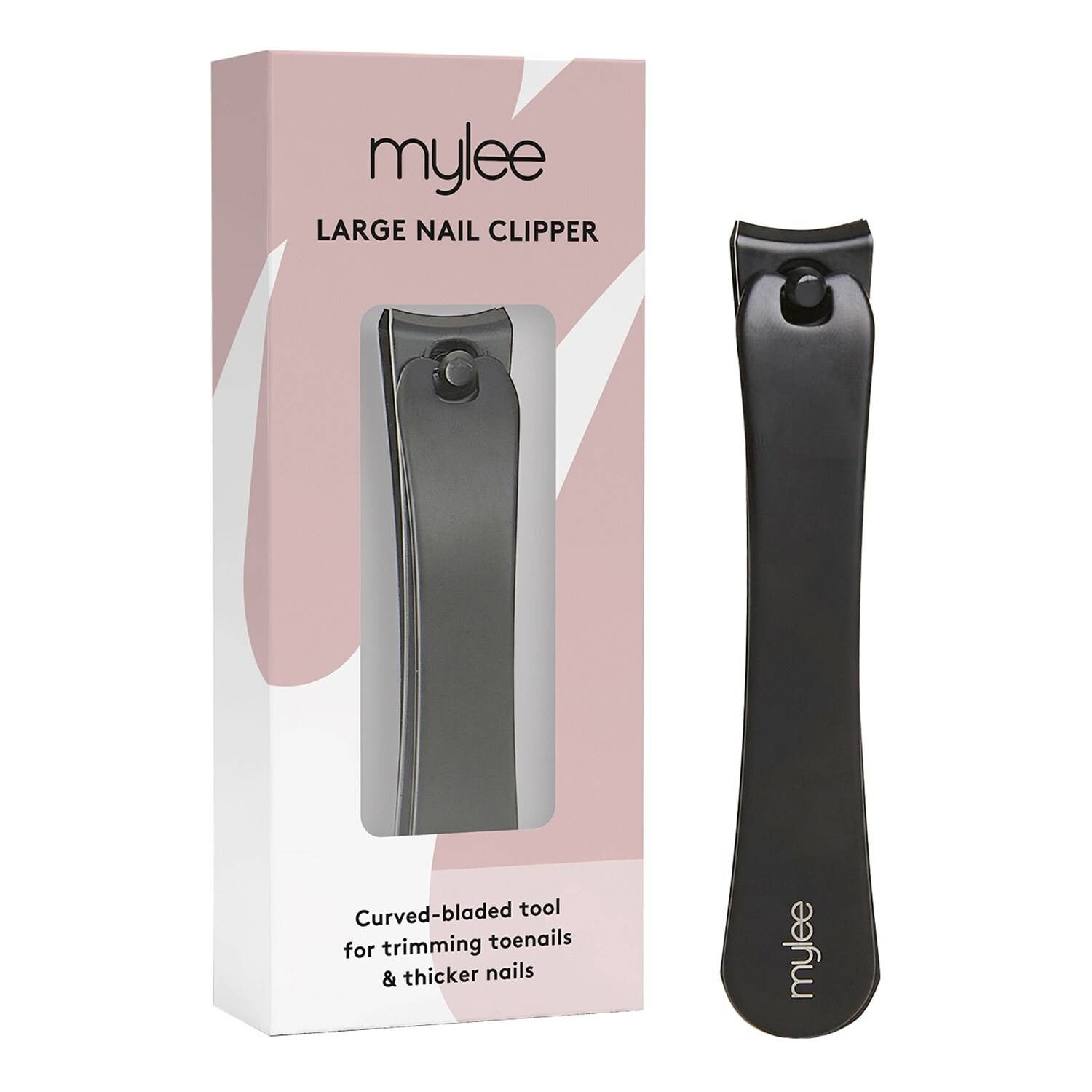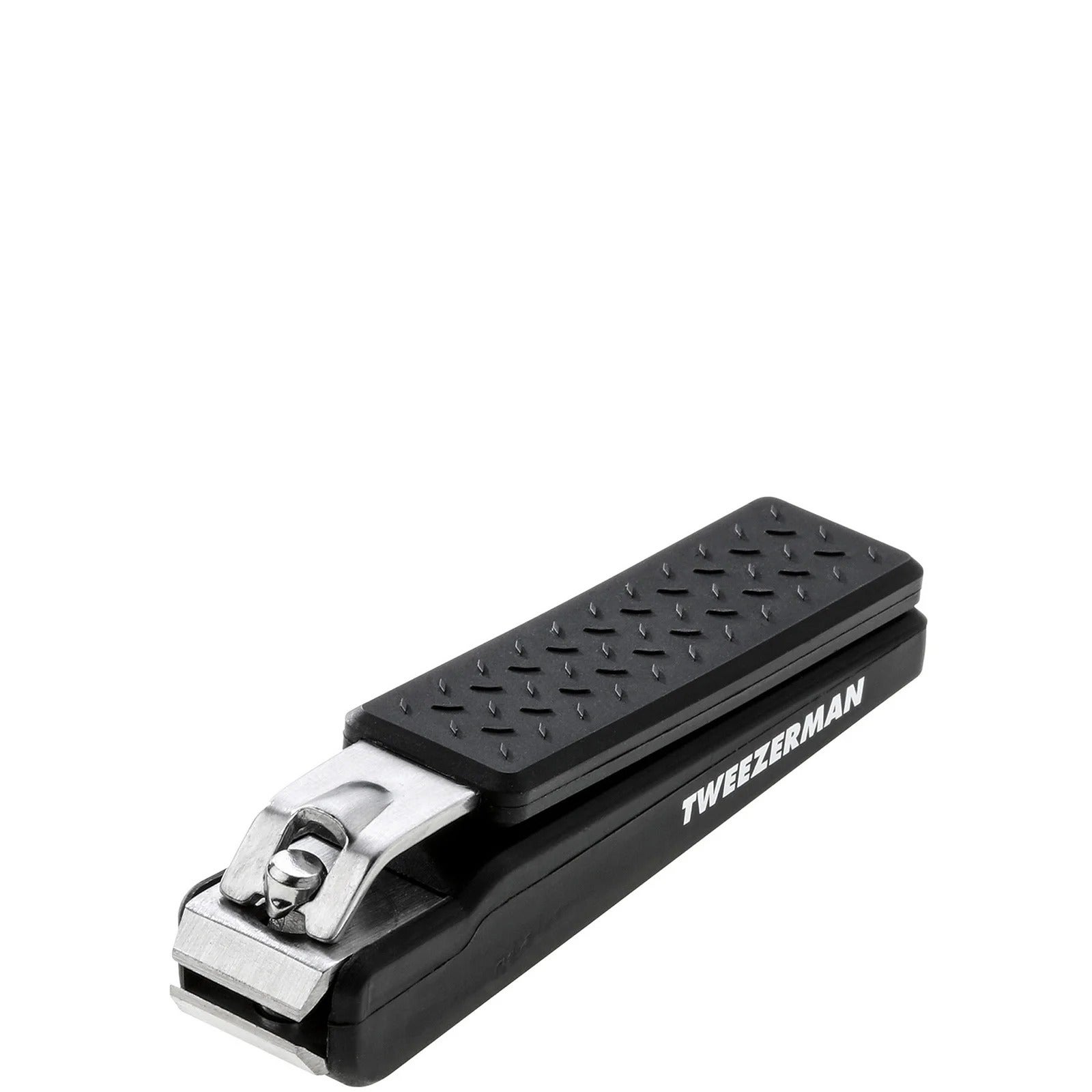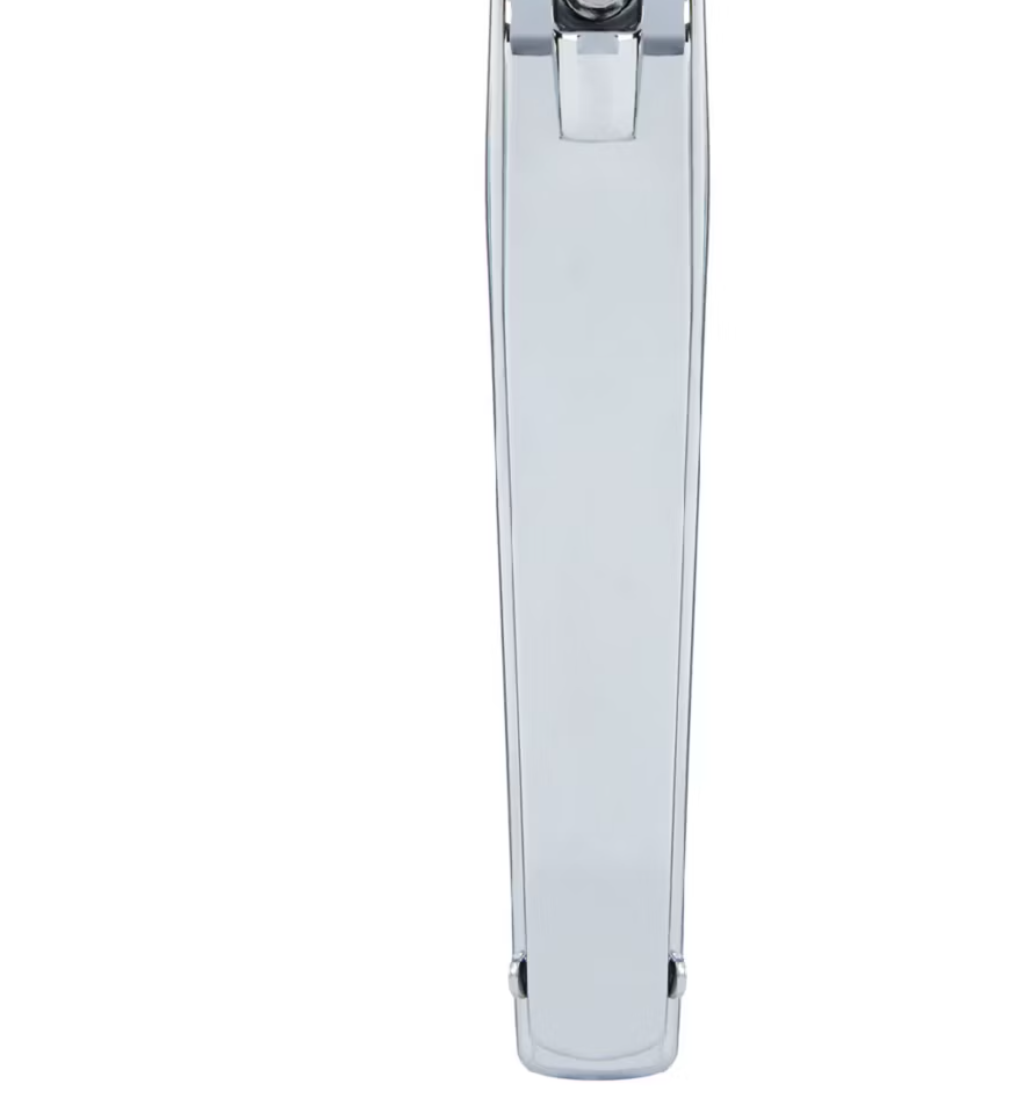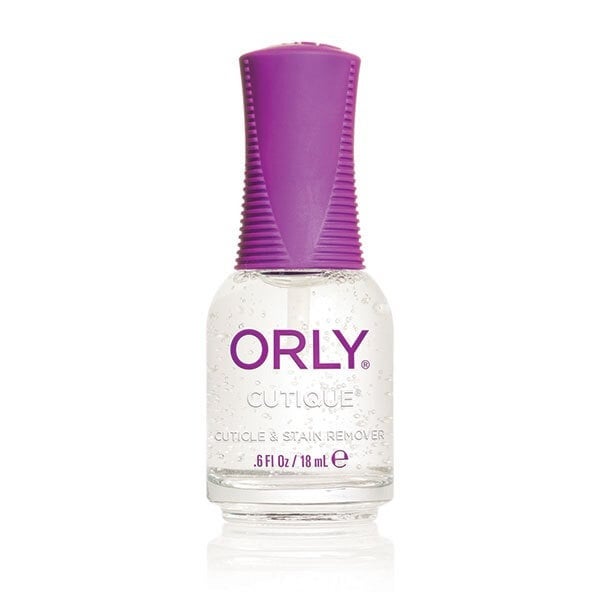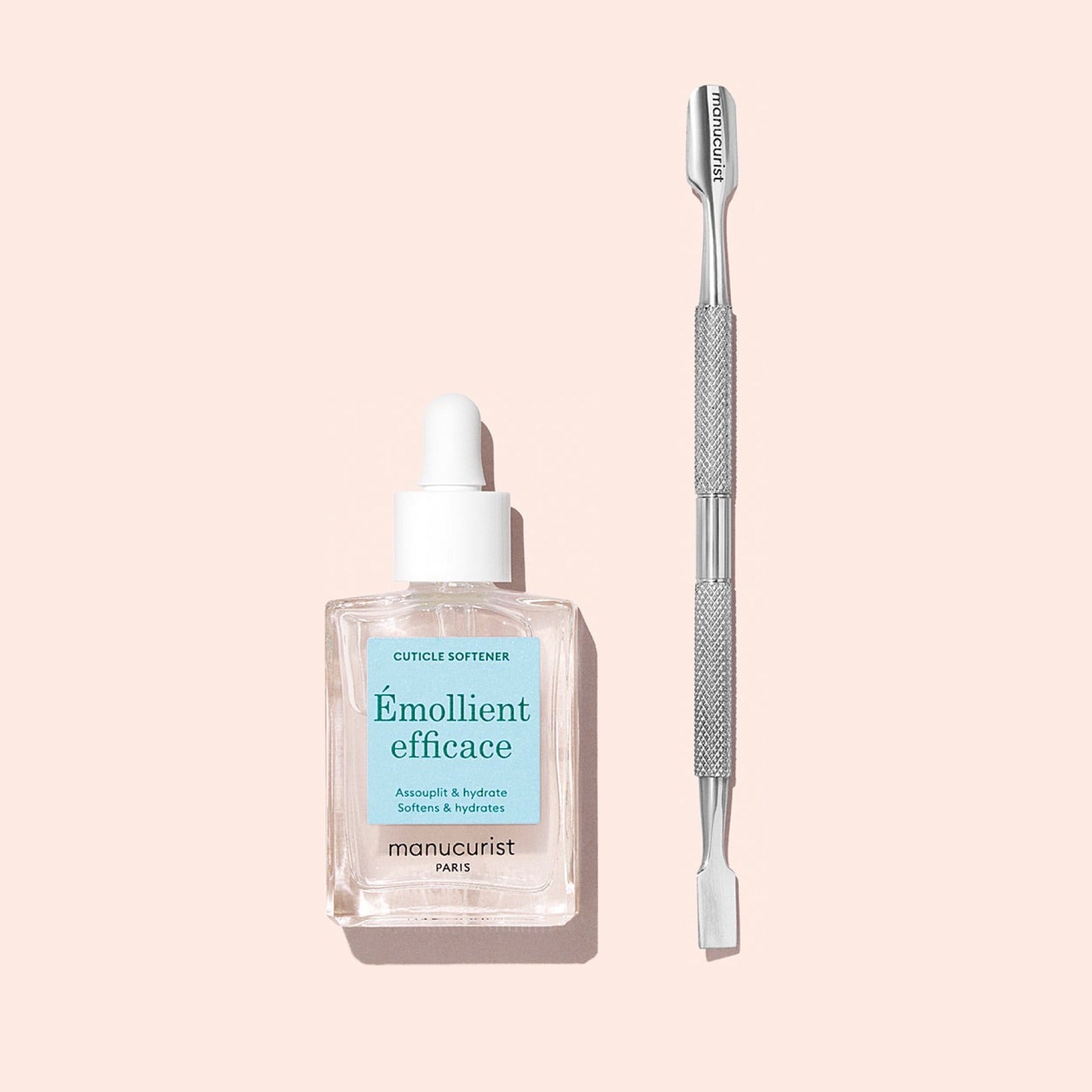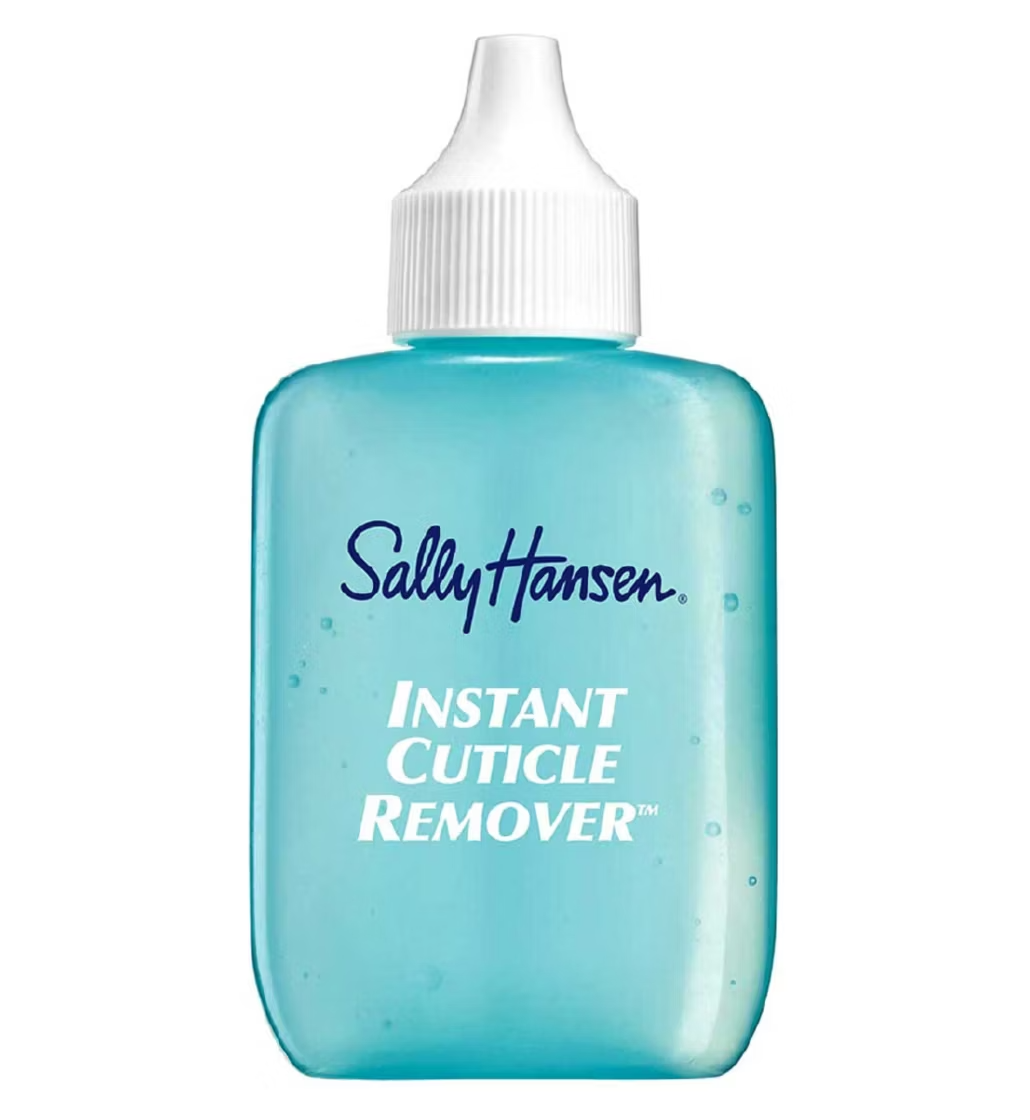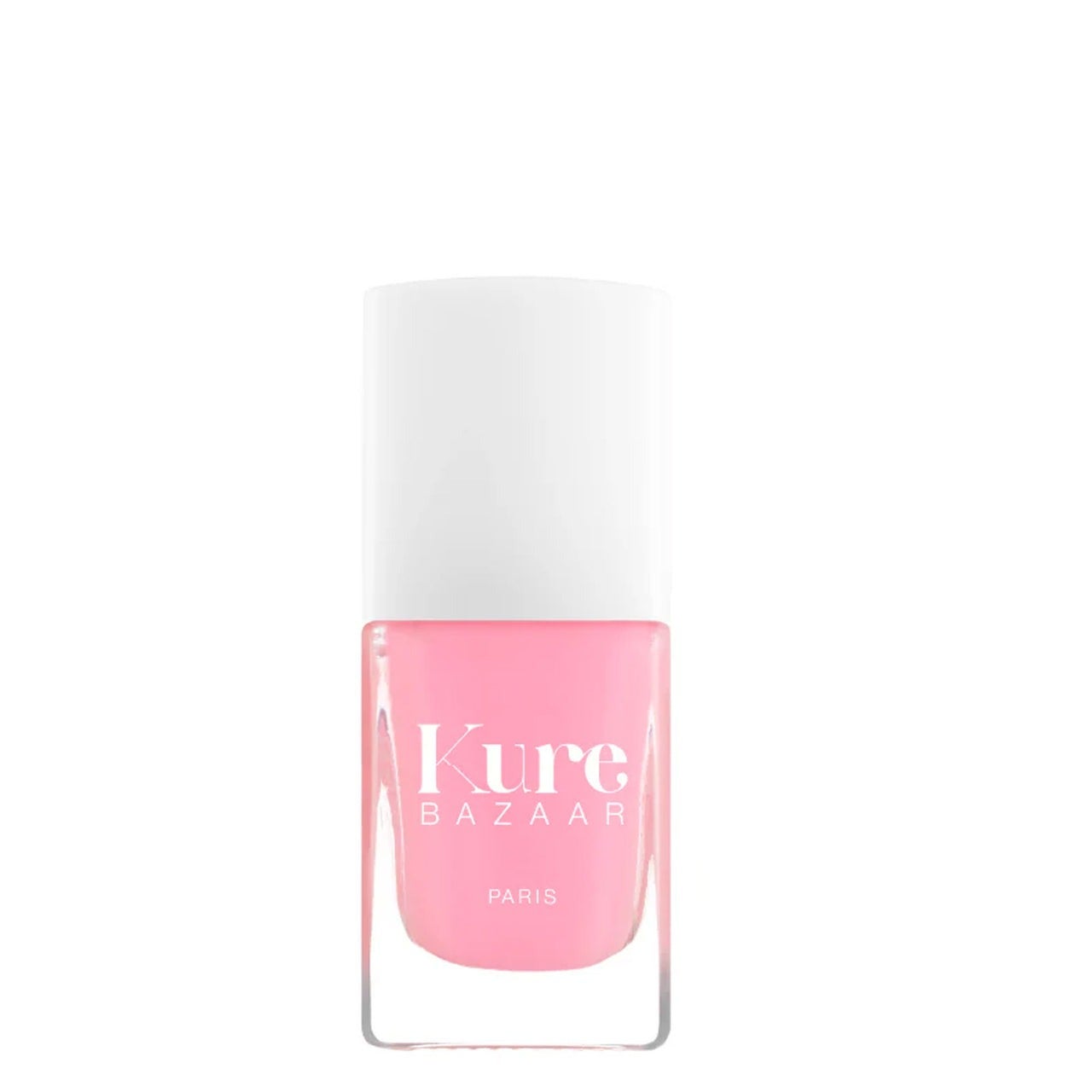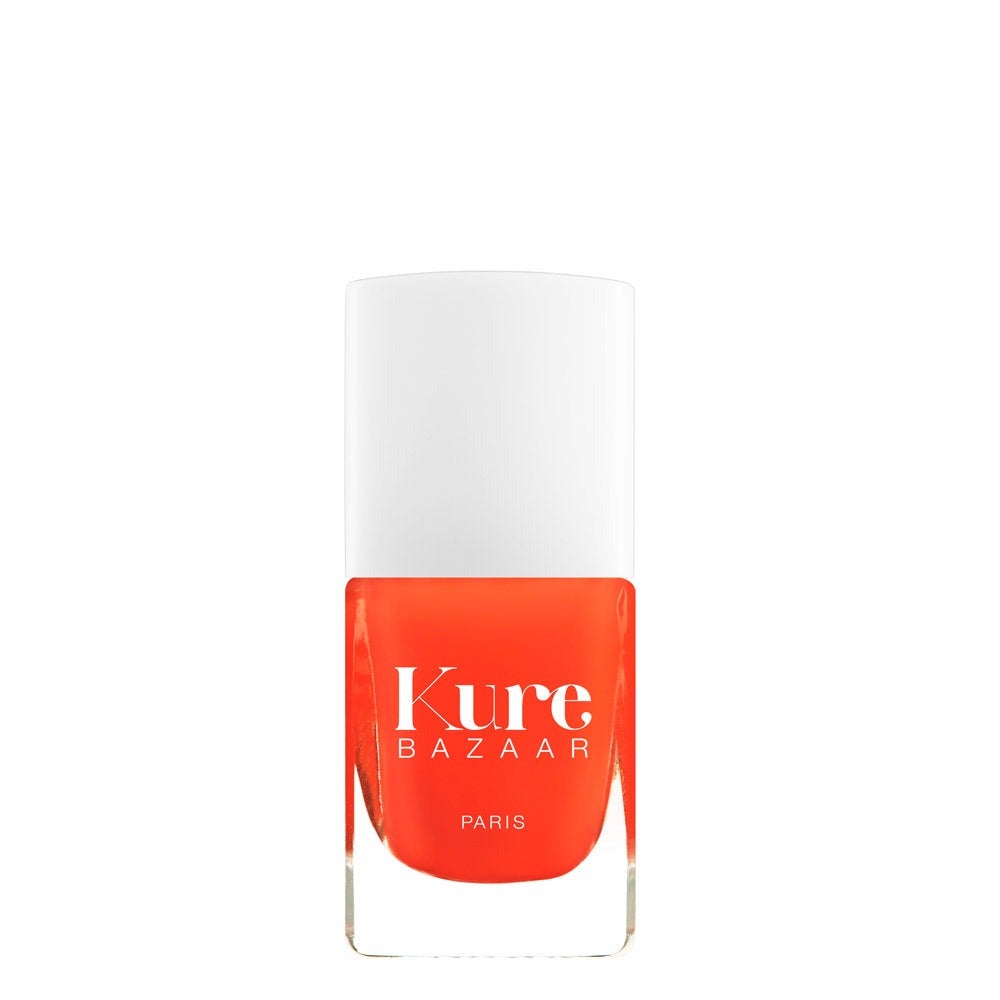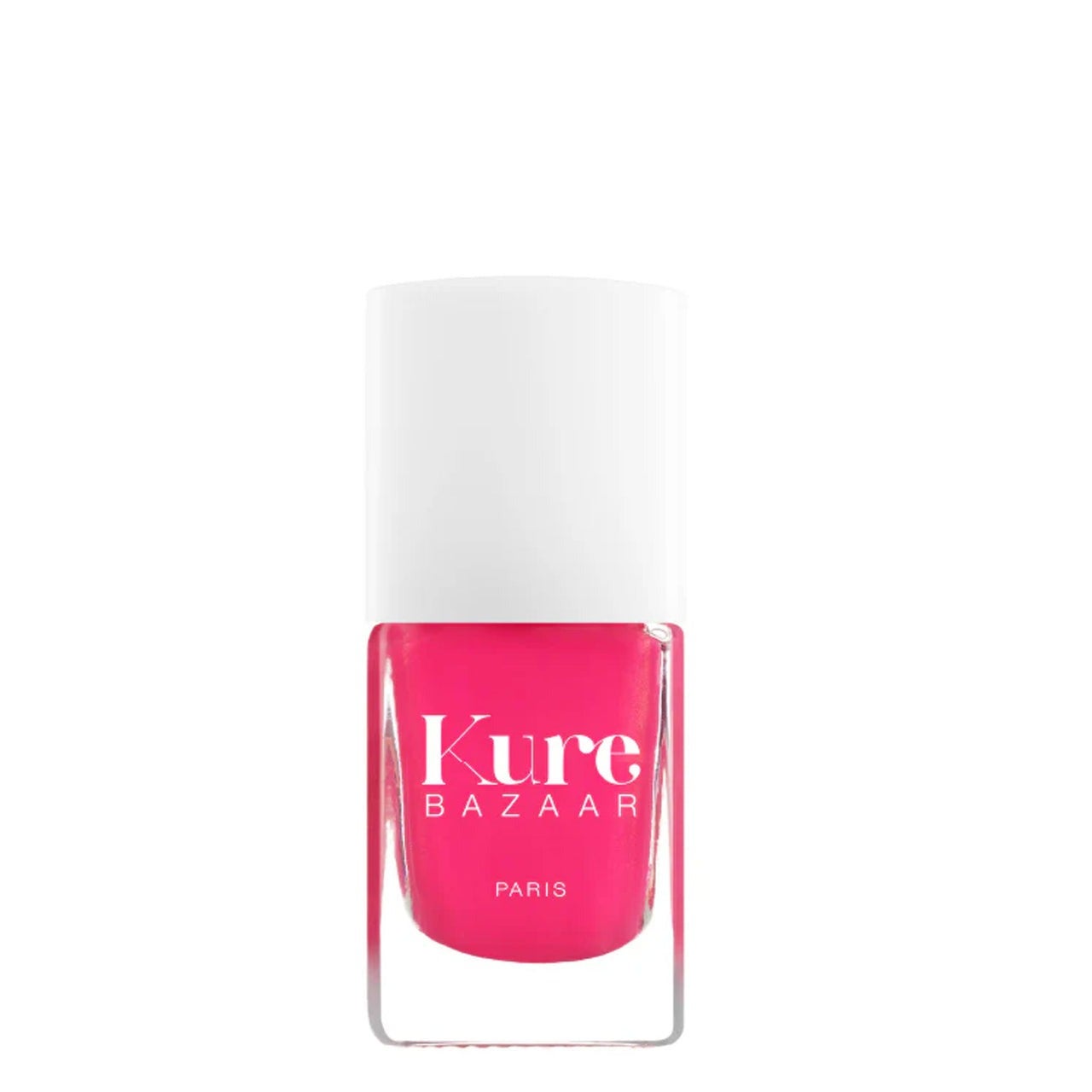How To Tell A Good Pedicure From A Bad One, According To Experts Who Know
All linked products are independently selected by our editors. If you purchase any of these products, we may earn a commission.
Photographed by Tegan Davis.
One look at my feet will tell you I recently had a pretty bad pedicure. For starters, my toenails are uneven, sloping dramatically instead of forming a classic straight line. As a result, the skin on one side has hardened and turned noticeably whiter than its twin on the other. Then there’s the cuticle situation: instead of being neat and uniform, it’s bumpy, with random gaps that make it look like a very small but very enthusiastic hen gave them a few curious pecks.
This sort of thing doesn’t usually happen to us seasoned beauty journalists. Part of our job is to know all the places to go and the people to tap up for great beauty treatments. But to save money, I decided that instead of having a medical pedicure with my usual podiatrist, I’d opt for someone with far less expertise.
AdvertisementADVERTISEMENT
That was a huge mistake. While they tried their best — and probably would’ve been fine to carry out a very basic shape and paint — they didn’t have the experience to deal with toenails as naturally curved as mine and, in one swift but catastrophic move, cut down the sides to release them from pressing against the edges of the nail bed. They then went way too hard on my soles, filing to the extent where I wondered if they’d make it beyond the tough skin and onto the necessary layer separating my blood from the world. I should’ve left, or at the very least mentioned all this afterwards, but I instead sat there wincing quietly, resolving to never put my feet in this position again.
So that you — and I — have a checklist to refer to next time, I spoke to experts about what separates a good pedicure from a bad one. Here are eight rules to stick by every single time.
File dry or don’t bother
Ami Streets, a session nail technician and pedicurist, suggests requesting dry pedicure prep every time: “Over-soaking the feet during treatment is a common issue and can cause the skin to become overly soft or macerated,” says Streets, which is when the skin becomes weakened from prolonged exposure to moisture. Soaking makes it difficult to gauge how much hard skin to remove safely, continues Streets: “As a result, it may lead to uneven exfoliation or accidental damage to healthy tissue.”
AdvertisementADVERTISEMENT
Asking for dry prep is one rule most pedicure experts drive home. Louise Stokes, ORLY Nails brand ambassador, agrees that dry foot filing is the way to go: “It gives you more control and helps to avoid removing too much skin,” explains Stokes, adding, “If feet feel sore or the skin looks red or shiny afterwards, it’s been overdone.”
In this case, the best approach is to let your feet heal naturally. You could also try applying a gentle, fragrance-free lotion to soothe the skin.
Trim straight across — no exceptions
Unless you want to end up in the situation I now find myself in, with toenails trying to push their sharp edges into my skin, you should always ask for your nail to be cut completely straight. The same goes for an at-home pedicure: Stokes advises that “rounding the edges can lead to ingrown toenails.”
A straight-across cut helps the toenail grow out seamlessly, rather than curving into the surrounding skin, which can be painful and may even require a visit to a medical professional, like a podiatrist. When it comes to cutting a straight line, toenail clippers are typically more precise compared to nail scissors. If you’re doing it yourself, try not to cut too close to the skin to avoid an ingrown nail.
Leave the tops well alone
A jagged toenail is not only a sensory nightmare, catching on socks and bedsheets, but over-filing the top or the free edge of the toenail is considered one of the biggest pedicure faux pas since it can compromise its health and potentially lead to problems like ingrown or uneven toenails in the long term.
AdvertisementADVERTISEMENT
Stokes says that filing your toenails isn’t a complete no-no: “Light buffing is fine, but filing the top of the nail too much can really weaken it,” not to mention damage the surrounding skin. If you think your pedicurist is going too far with the nail file, always (politely) speak up — especially if it's painful.
Push, don't snip
Those little tools that cut cuticles may make things look neat in the short term, but they can damage nail health over time, given that the cuticles are there to protect the nail, support healthy, even growth and maintain moisture levels.
Beyond encouraging uneven growth, cutting into the toenail cuticles can also invite infection, since it disrupts the skin’s natural barrier, the outermost layer that keeps bacteria out.
Instead of chopping, a qualified pedicurist might remove dead tissue simply by pushing toenail cuticles back. Most professionals use a softener like ORLY Cutique Cuticle Remover, £15.99, which is available for at-home use and makes the job easier thanks to its sesame seed oil formula.
Everything should be sanitised
Sanitising tools is a legal requirement for pedicures under several health and safety regulations in the UK, and any equipment that can’t be sanitised — think porous emery boards and buffers — should be used just once to avoid infection. Barbicide and dry heat sterilisers are common methods pedicurists use to disinfect tools between clients, but don’t hesitate to ask about their specific protocol.
AdvertisementADVERTISEMENT
Nothing should bleed — ever
Not your cuticles, not your heels. Nothing. If a mistake is made — and they do happen — antiseptic should be applied immediately. Streets adds that if you feel uncomfortable or like the health of your feet is being compromised in any way, it’s worth speaking up: “It’s important that your comfort and preferences are taken into consideration during the service,” says Streets, adding, “Don’t be afraid to mention any concerns; adjustments can always be made to your treatment if needed.”
Choose your polish carefully (and don’t leave it on for too long)
Streets warns that even if you leave with perfectly painted toenails, you should remove the colour after a while: “We’re all guilty of leaving our pedi polish on a little longer than intended, but to maintain healthy nails, classic nail polish should ideally be worn for no longer than a week at a time,” says Streets. Leaving it on too long can lead to dehydrated and stained toenails, which may appear chalky or yellow, especially if a base coat isn’t used, says Streets.
If you prefer classic polish over gel, Streets recommends asking for Kure Bazaar — a brand popular in many salons. Its nail polish collection is designed to maximise nail health thanks to ingredients like moisturising glycerin and plant oils.
Let the pros handle it
This last tip may sound so obvious that it’s not even worth mentioning, but the reality is that there’s very little legislation surrounding how much training is required to give a pedicure.
If you need anything beyond a basic trim and polish, it’s worth doing some research. If, for example, you need someone to deal with ingrown toenails or calluses (areas of thickened, hard skin), your practitioner should have a level four diploma as a foot health practitioner or a podiatry degree, both qualifications that ensure your feet are in safe hands — literally.
AdvertisementADVERTISEMENT







